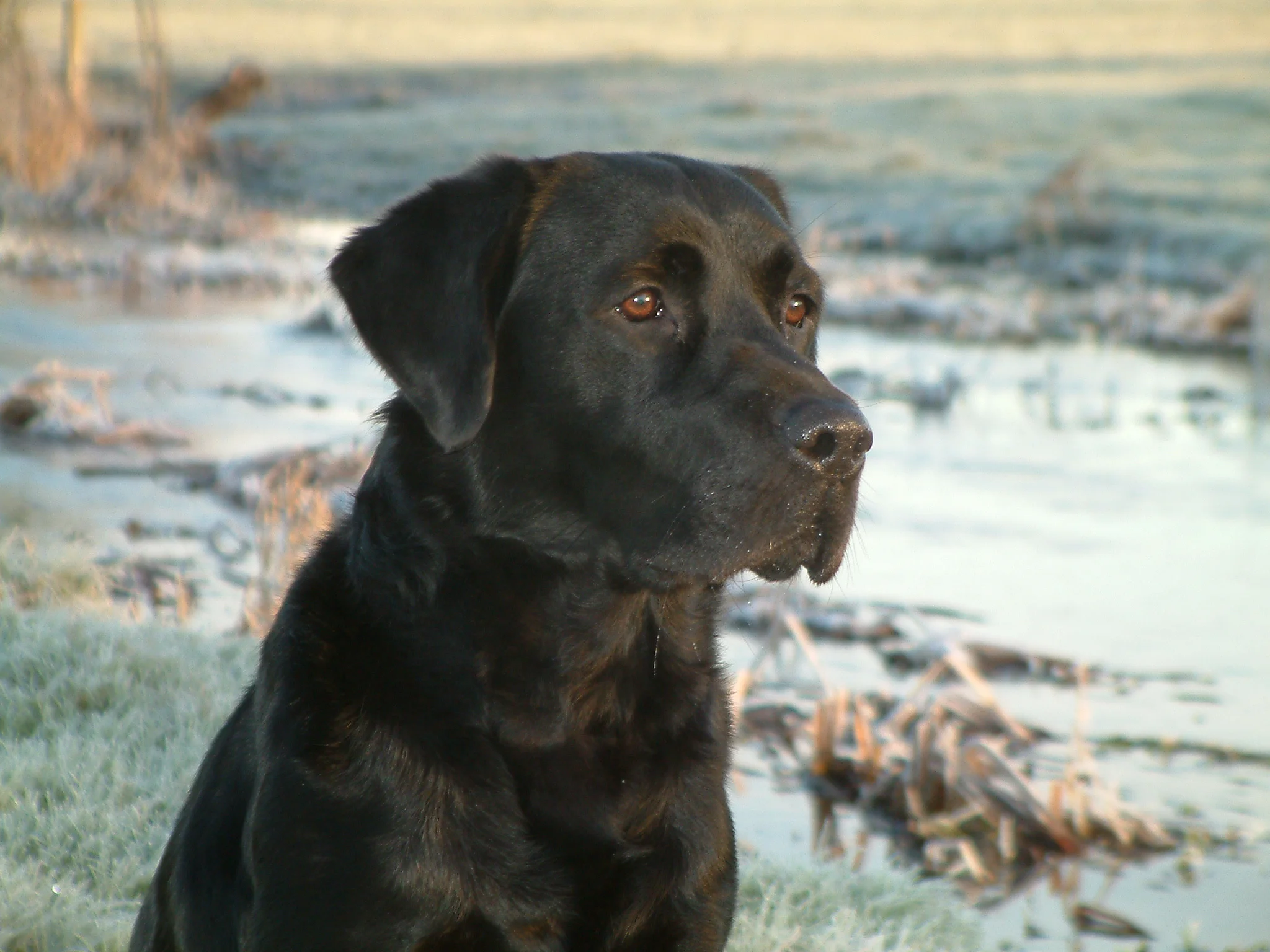In a lengthy opinion addressing an extensive set of issues on summary judgment, Judge Spero grants summary judgment for plaintiff Volterra of "no invalidity" based on 48 undisclosed prior art references in Volterra Semiconductor v. Primerion.
As to the 48 undisclosed prior art references, the defendant argued that plaintiff was on notice of some of this prior art during discovery:
Defendant also argued that some of the prior art, although not disclosed in its local rules invalidity contentions, provides specific information about the knowledge of a person of ordinary skill in the art. The Court reasoned that if this art "framed" their obviousness contentions, it should have been disclosed more timely as part of their local rules invalidity contentions.
After rejecting defendant's rationales for not disclosing the prior art during the time specified for local rules contentions, the Court considered whether the local rules contentions could be amended to include the prior art as rebuttal evidence. The Court declined this justification as good cause as well because, other than conclusory statements that the prior art was rebuttal evidence, there was no link between the prior art and the contentions being rebutted.





